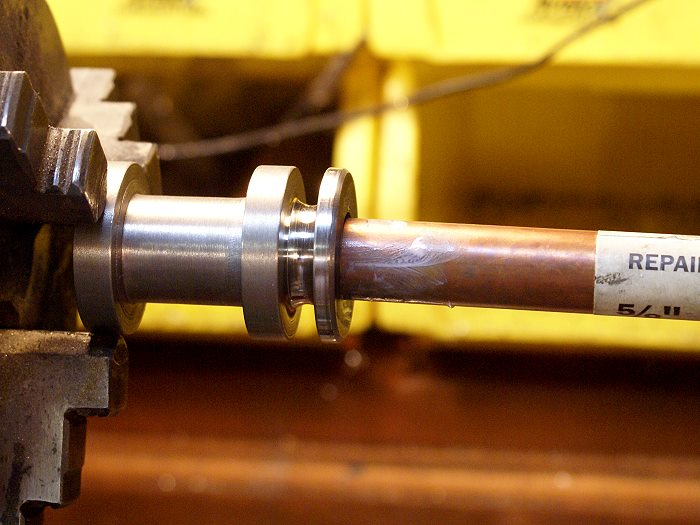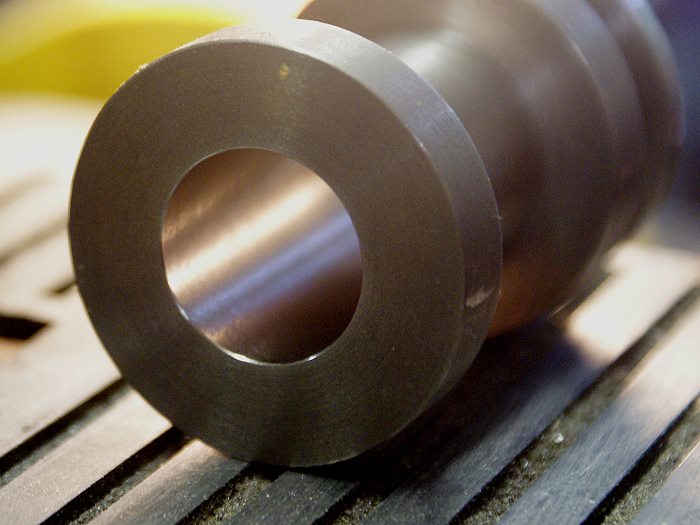Kaleb
Senior Member
- Joined
- Jan 3, 2010
- Messages
- 272
- Reaction score
- 27
For my planned project, I have figured out that the cylinder should not need any boring, rather it needs honing or lapping. I have made a water pump cylinder and piston by just boring the cylinder and machining down the piston, but unless it had a bit of slop, it was tight as anything. My question is, how do you lap or hone a cylinder, and how do you get a good free running piston and cylinder which seals well?






